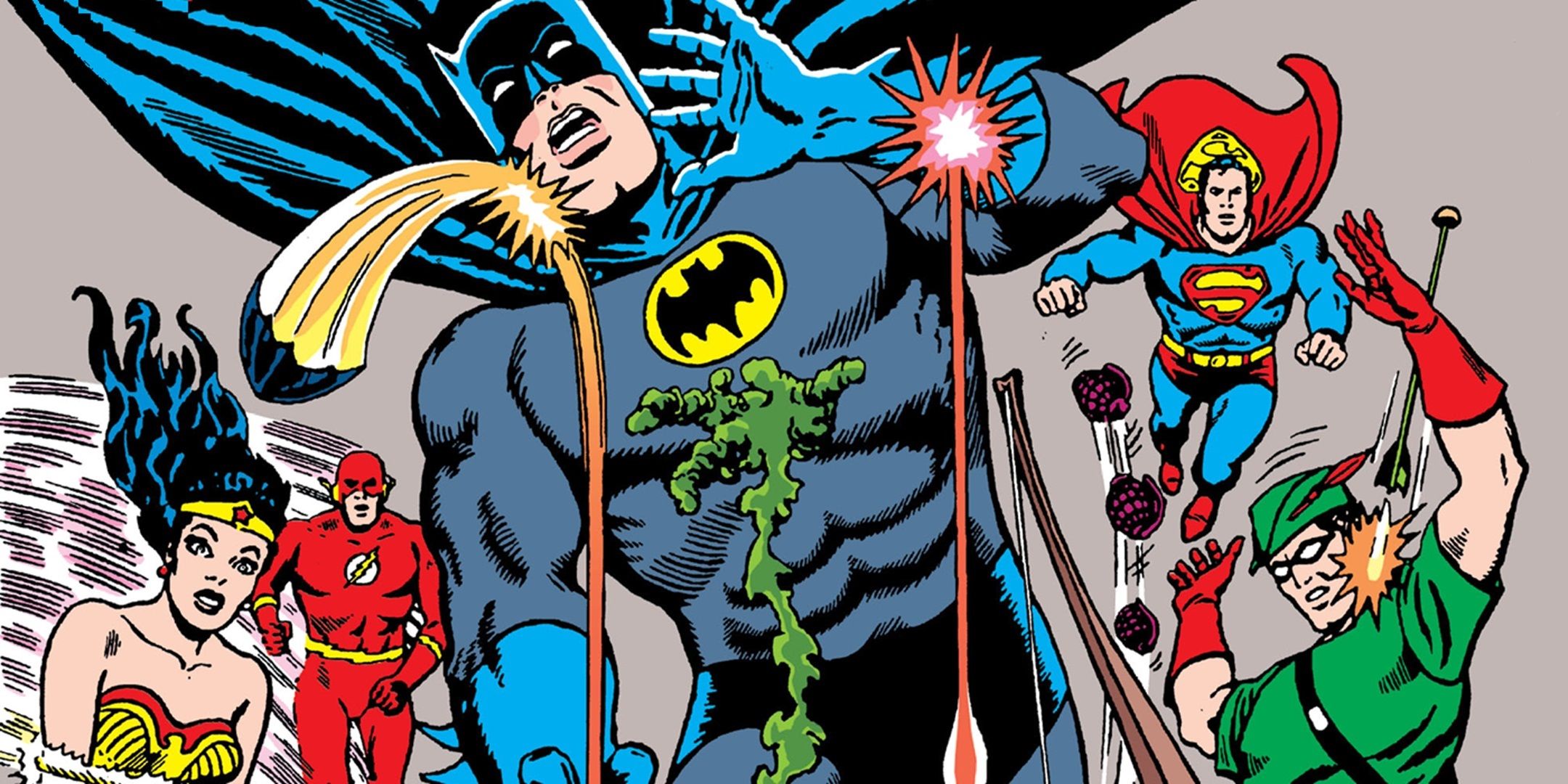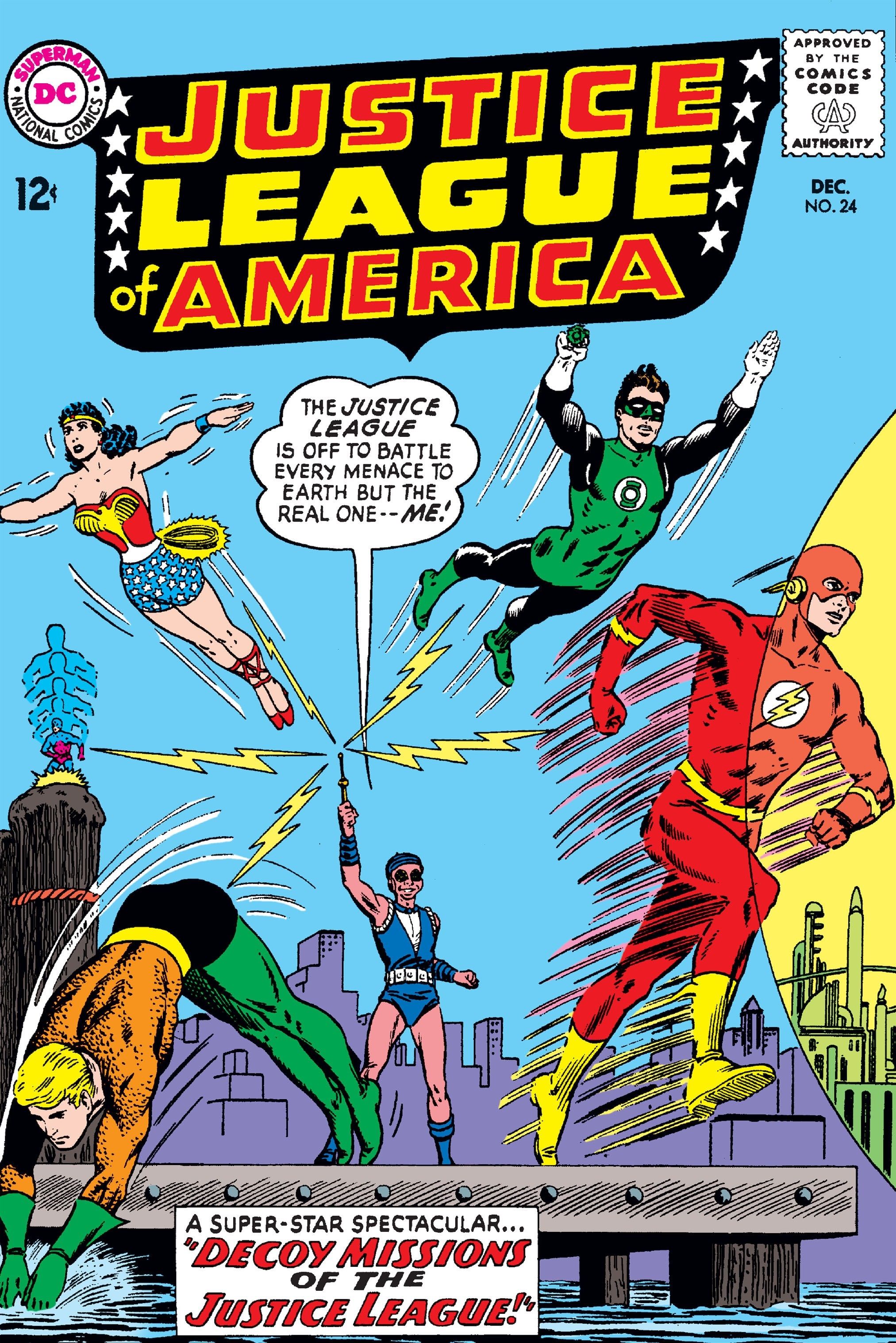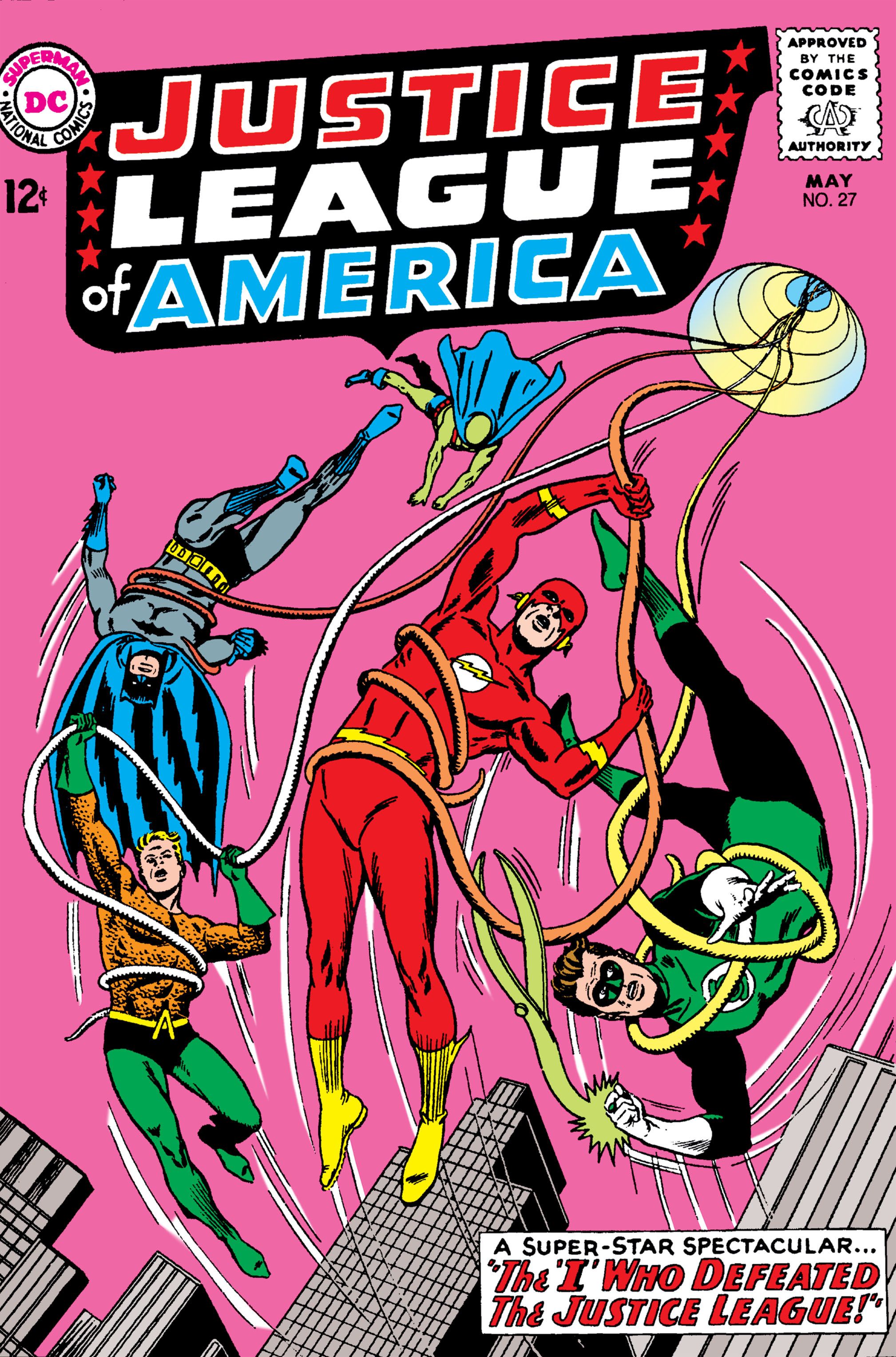Summary
- The Bat-Mania created by the 1966 TV series helped increase superhero comic sales overall in 1966 and 1967.
- Despite being a top seller, Batman's presence in the Justice League wasn't heavily impacted by his TV show success, just how he was marketed on covers.
- Julius Schwartz becoming editor of Batman's comic played a significant role in increasing Batman's presence in the Justice League BEFORE the TV show came out
Welcome to the 929th installment of Comic Book Legends Revealed, a column where we examine three comic book myths, rumors and legends and confirm or debunk them. In the first legend of this installment, learn whether the success of the Batman TV series really forced DC to use Batman more in the Justice League.
Few events in the history of comic books have had quite as much of an impact as the 1966 Batman TV series, starring Adam West and Burt Ward as Batman and Robin (with notable villains Joker, Riddler, Penguin and Catwoman played by Cesar Romero, Frank Gorshin, Burgess Meredith, and Julie Newmar, respectively - Eartha Kitt later played Catwoman, and Lee Meriwether played her in the Batman movie that came out in the Summer of 1966). I've noted in the past the peculiar dominance of Superman as a comic book character, as the hero was one of the best-selling superheroes of the 1940s, but then became the dominant sales force in the 1950s and early 1960s (buoyed by the success of his own television series that ran for most of the 1950s).
Well, the 1966 Batman series created a "Bat-Mania" that upended the world of comics, with A. Batman becoming the most popular superhero in comics, but perhaps more importantly, B. it rose ALL boats with its rising tide, as superhero comic books were already on the upswing in 1965, but Bat-Mania led to an even BIGGER boom in superhero comics in 1966 and 1967. Batman was now getting top billing OVER Superman on their team-ups! After the Batman TV show ended, Superman returned to take his place as the top-selling comic book, but obviously, the mystique had been dented a bit (and Superman's sales figures were a lot lower in the 1970s, but so was everybody else, so Superman was still tops).
This, then, led to the belief that Batman's sudden surge of popularity also led to him being forced to be used in the Justice League of America more (initially, Batman and Superman were rarely used members of the team), as anything Batman touched was sales gold. Is that actually true? Things definitely DID change, but not quite the way that people remember, for a very important reason that happened in 1964...
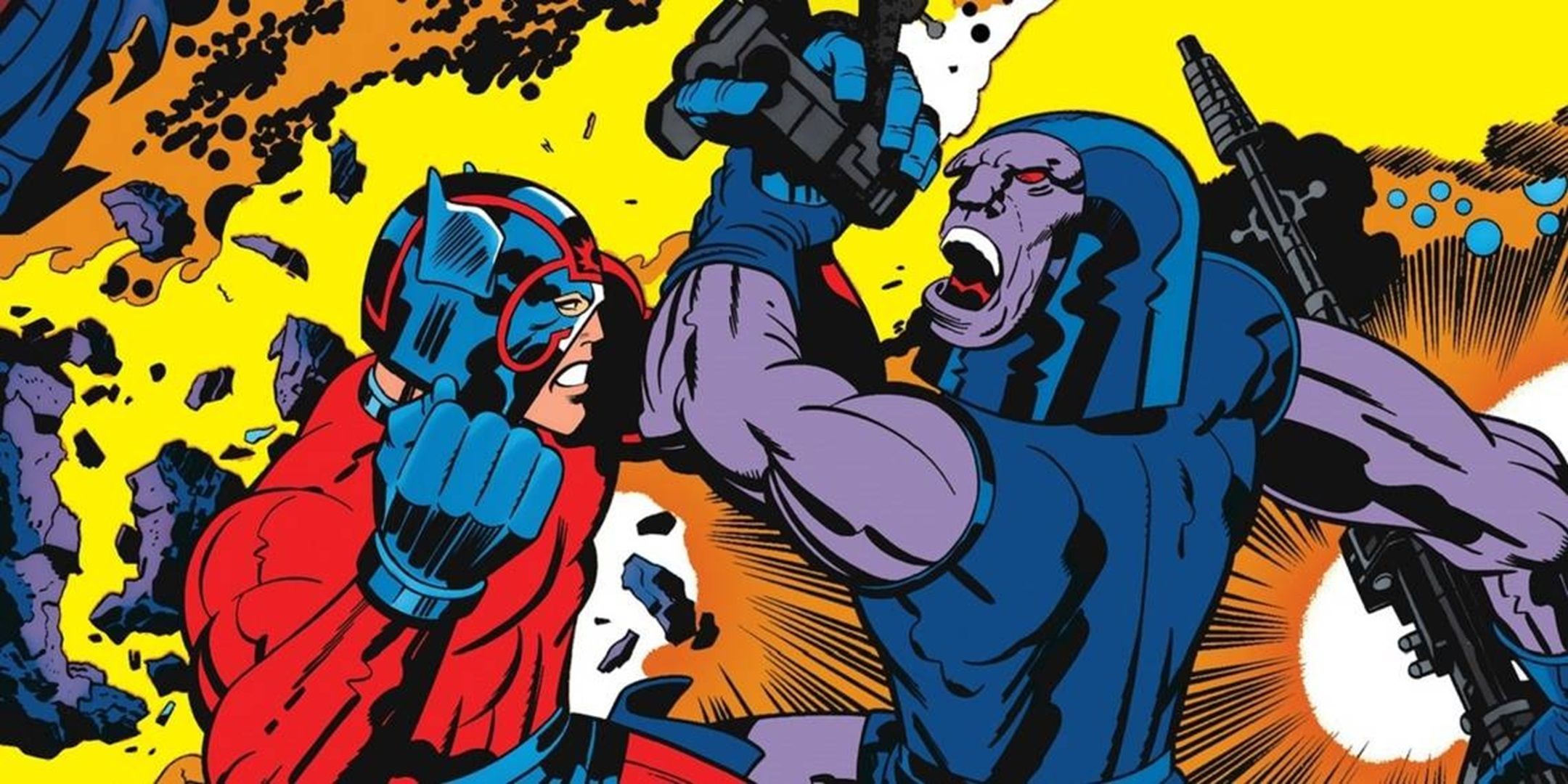
Does Jack Kirby's 'Fourth World' Have an Official Definition?
In the latest Comic Book Legends Revealed, learn whether Jack Kirby ever actually officially defined the term "The Fourth World"
Did Batman's role in the Justice League change after his TV show came out?
Obviously, you don't have to be a genius to note that as soon as the Batman TV series debuted (these first covers are probably a bit too soon to see the effects of "Bat-Mania" just yet, but I figured I'd include them since they came out after the release of the Batman TV show), Justice League of America started doing covers that were essentially "Batman!!!!!!!! (also the Justice League)," with Batman's regular inker, Joe Giella, eventually joining Justice League artist Mike Sekowsky to get the Dark Knight on model...
So yes, obviously, the success of the Batman TV show changed things regarding Batman and the Justice League. However, it DIDN'T change the involvement of Batman in the Justice League, oddly enough.
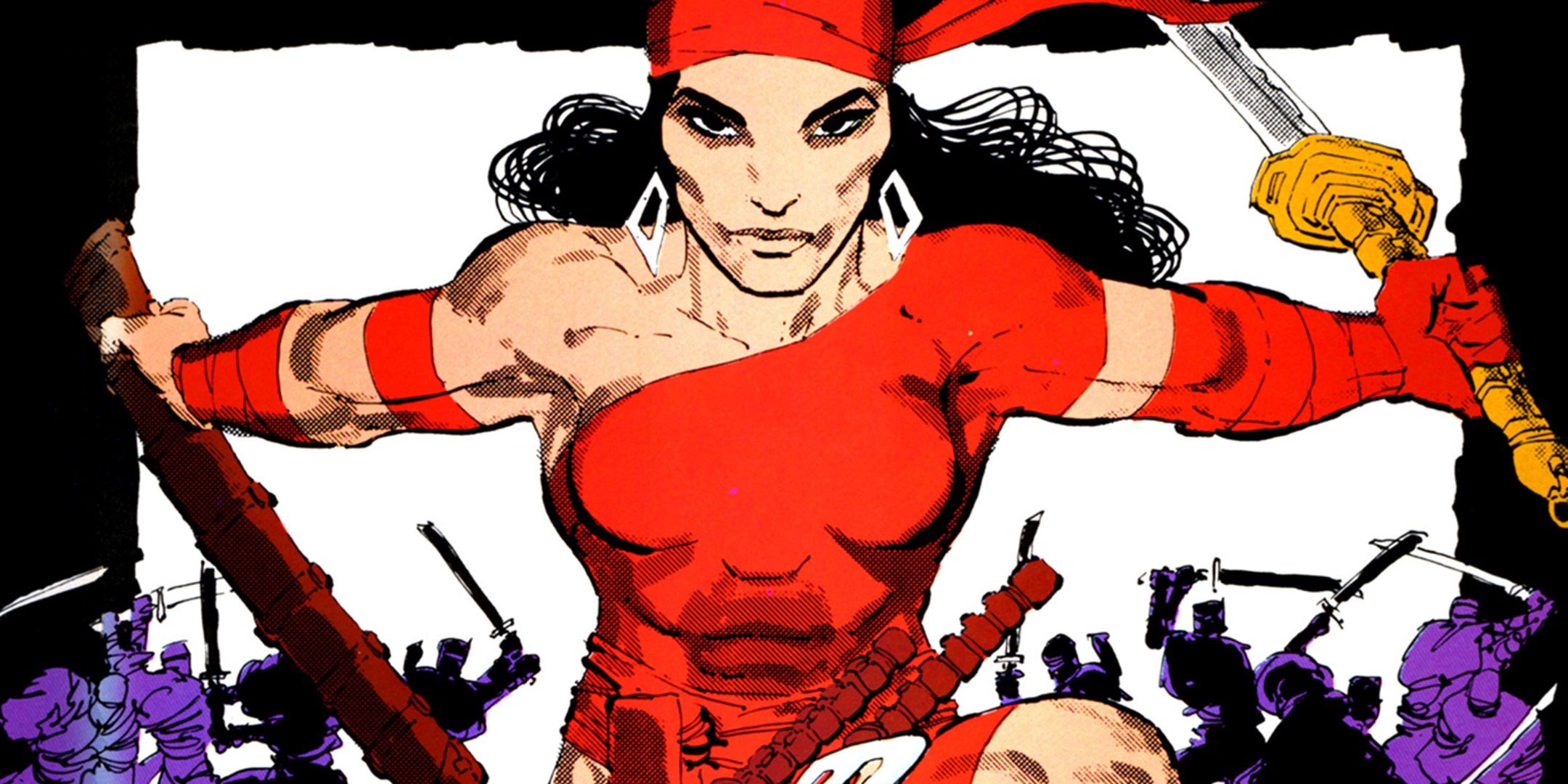
Daredevil: Was Elektra Not Actually Created to Die?
In the latest Comic Book Legends Revealed, find out what Frank Miller's initial plans were for Elektra in the pages of Daredevil
Why didn't the Batman TV show change Batman's actual presence in the Justice League that much?
Longtime comic book fans know the basic issue that was at play when the Justice League of America was formed. Julius Schwartz wanted to recreate the idea of the Justice Society of America (DC's premier superhero team of the 1940s) with a new team, and for that to work, he would need a buy-in from all of the top heroes that DC had. However, even back in the 1940s, the editors of Batman and Superman were not interested in letting "their" characters be used to promote All-Star Comics (the comic the JSA was in), so while Batman and Superman were nominally members of the team, they almost never showed up in the comics. This led to a further concept, where once a character became popular enough, they would typically stop showing up in the Justice Society, and their spot would be used to promote a less-famous hero.
When Justice League of America launched in 1959 (as a feature in The Brave and the Bold, before getting its own series in 1960), that same concept held true. Batman and Superman were nominally members of the team, but they would only briefly show up, and then the other five heroes (Green Lantern, Flash, Wonder Woman, Aquaman, and Martian Manhunter) would be the REAL stars of the show. Notably, Green Lantern and Flash were both titles edited by Justice League editor Julius Schwartz.
Well, in 1964, Schwartz took over editing duties on Batman, as well, and sure enough, we went from the Justice League being those five heroes at the end of 1963...
to Batman being a more regular part of the team when Schwartz took over the Batman titles (circa March 1964)...
And then, when Schwartz now only had to coordinate with, well, himself, suddenly Batman became a fixture in the book in the time BEFORE his TV series came out, as Schwartz was no dummy, he knew that Batman's presence could only help the sales of Justice League of America.


